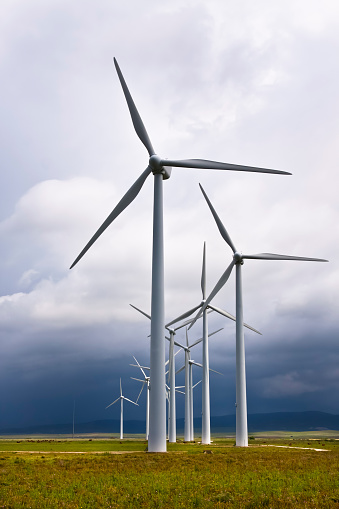 Since 2010, 38% of all new capacity in Canada came from wind energy – more than any other competing form of electricity, according to data from the Canadian Wind Energy Association (CanWEA).
Since 2010, 38% of all new capacity in Canada came from wind energy – more than any other competing form of electricity, according to data from the Canadian Wind Energy Association (CanWEA).
With more than 5.6 GW installed during that period, wind leads natural gas, hydro, nuclear and solar. At the same time, Canada's coal-fired generating capacity has fallen.
A similar trend is evident in the U.S., where wind energy was the largest source of new electricity generation in 2014 and represented 28% of all new electricity generation capacity additions between 2010 and 2014 – second only to natural gas.
These trends have been in place even longer in the European Union. According to the European Wind Energy Association, wind energy was not only the leading source of new electricity generation in 2014 (representing 44% of new installed capacity), but it has been the largest source of new electricity-generating capacity in Europe over the last 15 years. Between 2000 and 2014, there were 117 GW of new wind energy capacity installed in Europe, 101 GW of new natural gas-fired capacity and 88 GW of new solar capacity. Over that same time period, nuclear generating capacity in Europe fell by 13 GW and coal-fired generation fell by 25 GW.
‘We are now at the leading edge of a fundamental transformation of global electricity systems that is creating systems that are more diverse, decentralized and low carbon,’ explains Robert Hornung, president of CanWEA. ‘As the data shows, wind energy has been, and will continue to be, a leader in that transformation because of its cost-competitiveness, environmental attributes, scalability and local economic benefits.’



